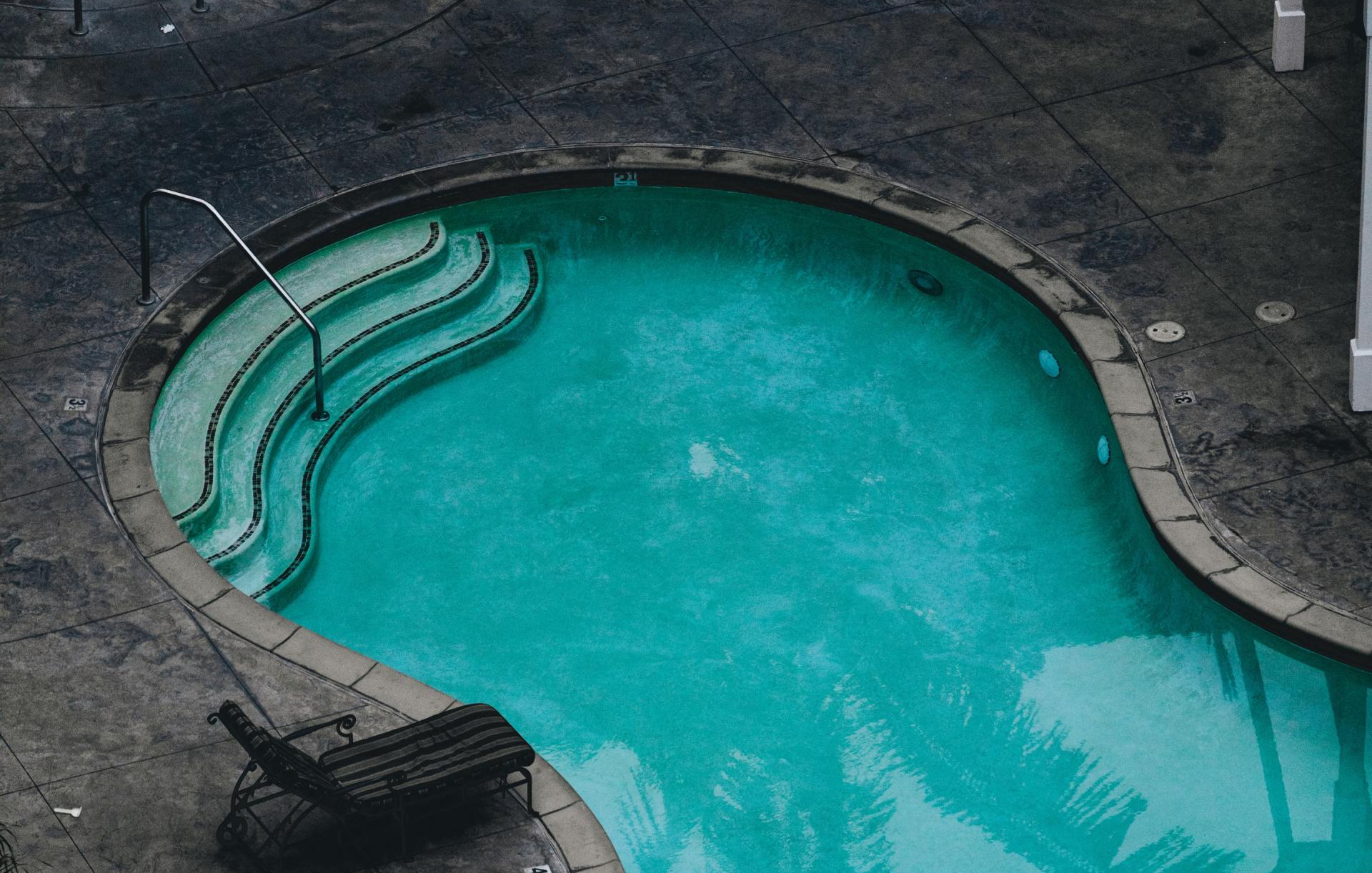Adding Stairs to Your Pool

One of the things we always talk to our liner customers about is adding a step into the pool. In most instances, if you are changing the entrance in terms of step type, it will affect your pool liner. One tends to go hand-in-hand with the other. If your step cracks but you have a liner that's only a year old, you may want to consider just patching the step. The purchase of a new liner to go with the new step may just not be a road you want to take.
If you are thinking about a new step, you have several options to choose from. Thermoplastic, fiberglass, concrete, and steel are all options. They come straight or curved, with or without a benches, and in a variety of lengths. You can choose a stock shape and size or have one custom made to fit your pool. They can sit inside or outside of the pool and you can even choose a step that you can remove from your pool altogether and for which your liner does not need replacement.
It is not always an easy process to choose a step, so we recommend taking a look at some pictures and seeing what you like and then talking to one of our representatives. What you like may not be in your budget or you may not have the space for it. Our representatives are trained to give you ideas and options and to walk you through the entire process.




